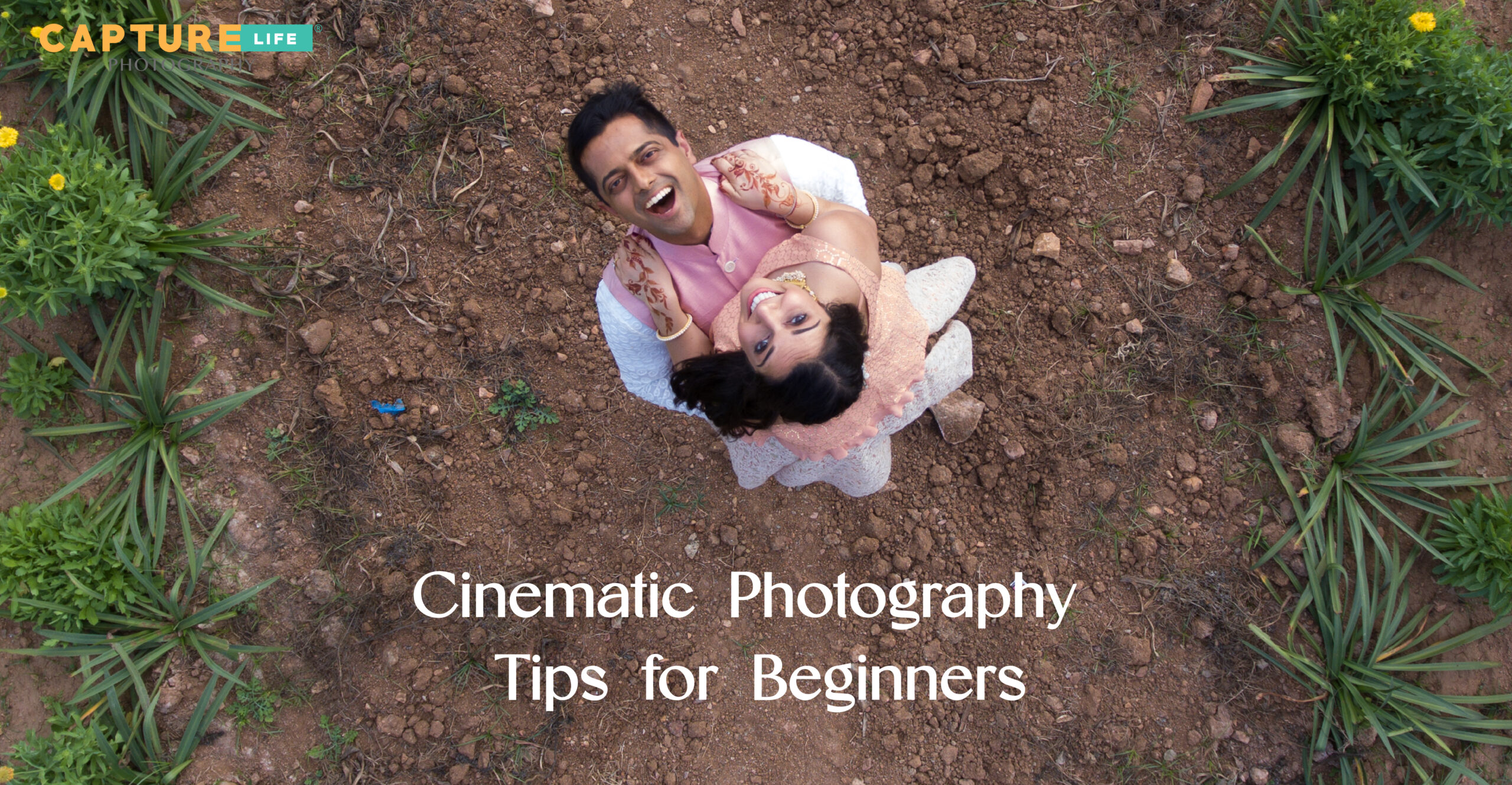
21 Mar Unlocking the Magic: Cinematic Photography Tips for Beginners
Cinematic Photography Tips for Beginners
Lights, camera, action! Cinematic photography isn’t just about capturing a scene; it’s about telling a story, evoking emotions, and creating magic with your lens.
Whether you’re a beginner or an experienced photographer looking to delve into the world of cinematic visuals, these tips will help you unlock the secrets to creating stunning cinematic photographs.
Top 7 Cinematic Photography Tips
Here are top 7 cinematic photography tips for you.
Understand Composition: Composition is key to cinematic photography. Be mindful of the rule of thirds, leading lines, and framing. Try a variety of angles to give your photographs depth and visual appeal.
Remember, every element in the frame should serve a purpose and contribute to the overall story you’re trying to convey.
Master Lighting Techniques: Lighting sets the mood and tone of your photographs. Experiment with natural light, artificial light sources, and shadows to create dramatic effects.
To regulate the amount and direction of light, think about using diffusers and reflectors. To give your photos more depth and texture, experiment with light and shadow.
Choose the Right Location: Location can make or break a cinematic photograph. Look for interesting and visually appealing settings that complement your subject and story.
Pay attention to details such as architecture, textures, and colors that can enhance the mood of your photographs.
Whether it’s a bustling city street or a serene countryside landscape, choose locations that evoke the emotions you want to convey.
Capture Emotion and Storytelling: Cinematic photography is all about capturing emotion and storytelling. Focus on capturing authentic moments and expressions that evoke emotion in the viewer.
Pay attention to details such as gestures, facial expressions, and body language that can convey a narrative without words.
Don’t be afraid to experiment with different storytelling techniques, such as sequential images or capturing a series of shots that tell a cohesive story.
Experiment with Color Grading: Color grading is an essential aspect of cinematic photography that can significantly impact the mood and atmosphere of your images. Experiment with different color grading techniques to create unique looks and styles that enhance the cinematic quality of your photographs.
Whether you prefer warm and vibrant tones or cool and muted hues, use color grading to evoke the emotions you want to convey in your photographs.
Focus on Details: Pay attention to the details in your photographs, as they can often make the difference between a good shot and a great one.
Experiment with different focal lengths, apertures, and depths of field to highlight specific details and create visual interest.
Whether it’s a close-up of a character’s face or a sweeping landscape shot, focus on capturing the details that add depth and dimension to your images.
Tell a Visual Story: Every cinematic photograph should tell a visual story. Think about the narrative you want to convey and use composition, lighting, and storytelling techniques to bring that story to life.
Whether it’s a portrait, landscape, or street photograph, aim to capture images that engage the viewer and leave them wanting to know more.
Conclusion
In conclusion, cinematic photography is a powerful medium for storytelling and expression. By mastering composition, lighting techniques, storytelling, and color grading, beginners can unlock the secrets to creating stunning cinematic photographs that captivate and inspire viewers.
So grab your camera, unleash your creativity, and start capturing the magic of cinematic photography today!
Are you looking for cinematic photographers for your weddings, pre-weddings, or any events? If yes, then connect with Studio Capture Life for the best cinematic photography in town!


